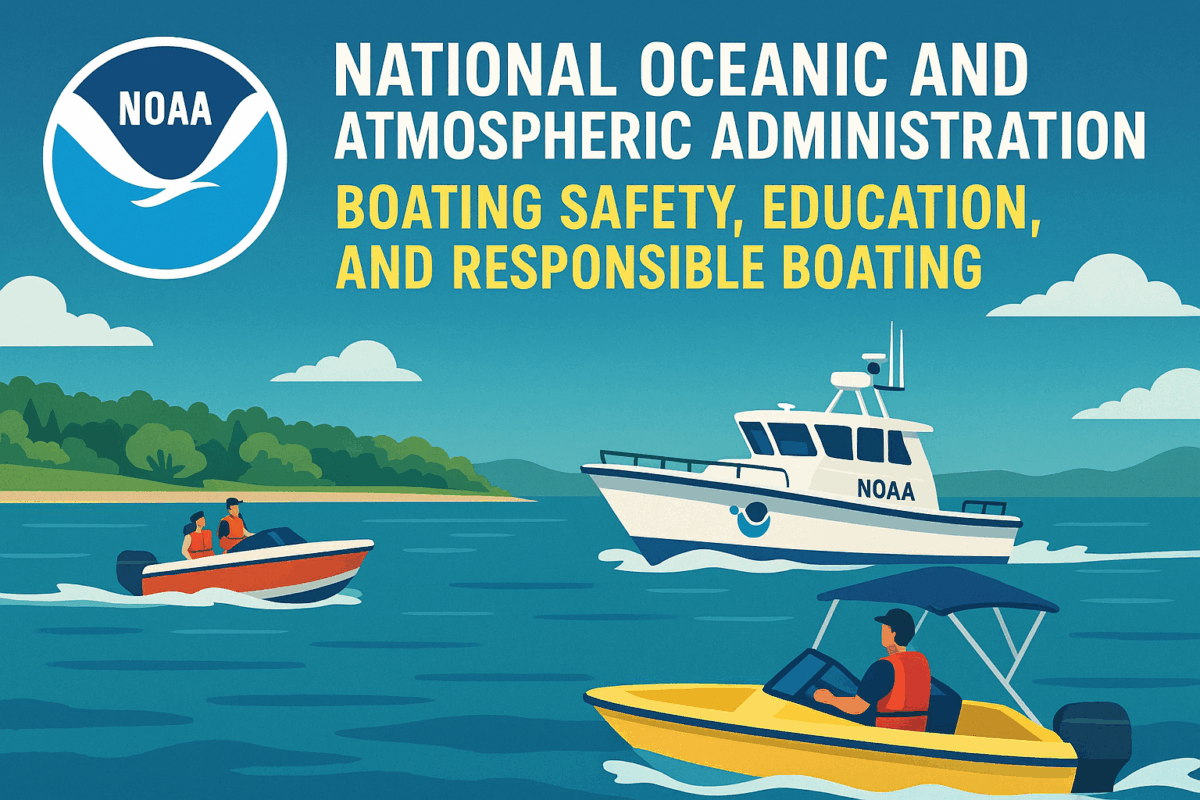Call: 1-800-832-7191

NOAA Electronic Navigational Charts
NOAA Electronic Navigational Charts Improve Safety and Accuracy on the Water
The NOAA Electronic Navigational Charts (ENCs) provide mariners with precise, real-time data for safe and efficient navigation. These digital charts replace traditional paper maps and offer enhanced detail, including depth contours, hazards, and shoreline features. Because conditions change frequently, NOAA updates ENCs regularly to reflect the latest information. Boaters, commercial operators, and maritime agencies rely on these charts to plan routes and avoid danger. By using ENCs, mariners reduce risk and improve decision-making.
Navigate with Confidence Using Advanced Charting Tools
NOAA’s ENCs integrate seamlessly with GPS and electronic chart display systems. Mariners can view real-time positioning alongside detailed chart data. Because accuracy matters, these charts include verified information about buoys, wrecks, and restricted zones. Updates are available through NOAA’s website and compatible software platforms. For additional safety tips and navigation resources, visit Connecticut Boating Certificates – The Helm. Staying informed helps boaters avoid hazards and comply with regulations.
NOAA Electronic Navigational Charts Support All Types of Mariners
The NOAA Electronic Navigational Charts benefit recreational boaters, commercial vessels, and government agencies alike. Tugboats, ferries, and cargo ships use ENCs to navigate busy ports and coastal waters. Recreational users rely on them for fishing trips, sailing adventures, and weekend outings. Because ENCs are scalable, they work well on small screens and large displays. Mariners can zoom in for detail or view broader areas for route planning. These charts support safe travel across all U.S. waters.
Access Reliable Data Anytime, Anywhere
NOAA provides free access to ENCs through its official distribution platforms. Mariners can download charts or use online viewers before heading out. Because updates occur weekly, checking for the latest version is essential. The charts are compatible with most navigation systems and mobile apps. By combining ENCs with weather forecasts and tide data, boaters gain a complete picture of their surroundings. These charts remain a trusted resource for modern navigation.
